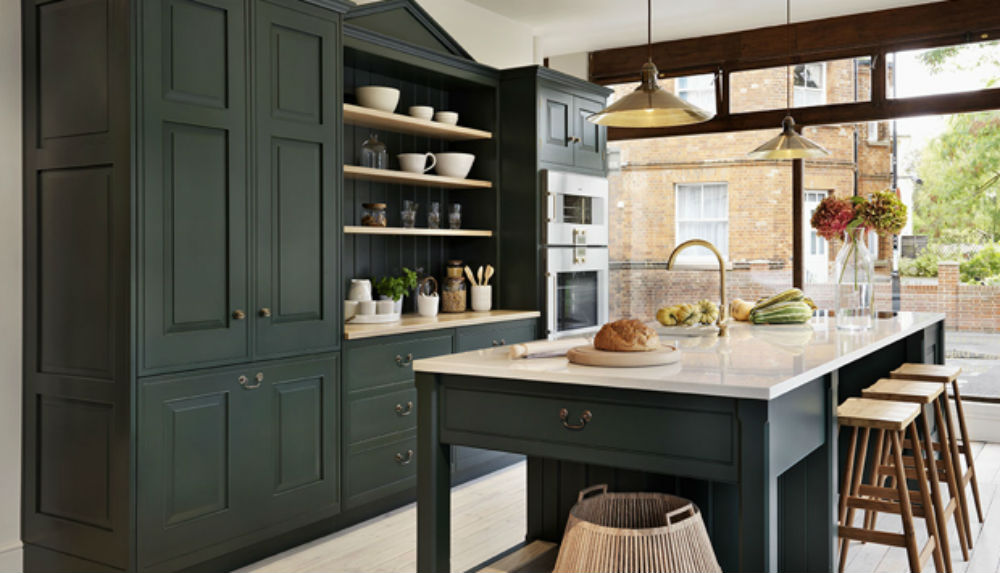The annual London Design Festival has come to an end. One of the biggest dates on the design calendar has let Londoners and visitors enjoy design over the nine different districts of the city with more than 400 different exhibitions, installations, trade shows, and talks.
In its fifteen anniversary, the London Design Festival has partnered one more time with the Victoria and Albert Museum. With this museum as the main home of the LDF, this year designers could engage with different parts of it. The main idea was that, rather than being out of context and inert, the installations were actively engaging with the spaces they occupied.
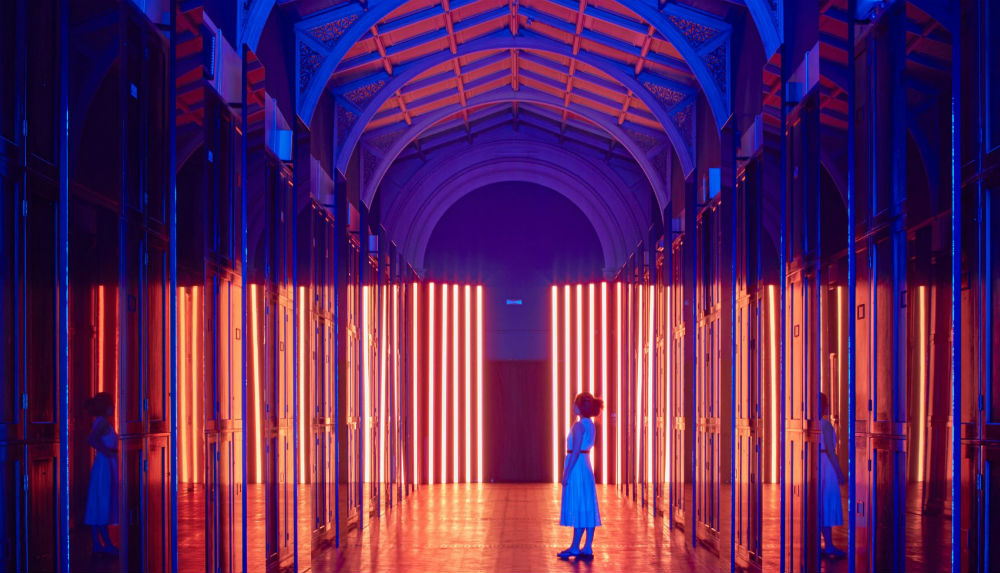 One of the highlights was Reflection Room by Flynn Talbot. Talbot created a lighting installation using 56 Gloss Black Barrisol panels to line the length of the former textile room and tube lights installed at the top and bottom of the space. Using this technique, visitors could experiment an optical illusion of bars of light populating the entire space, carrying each color around the 35-metre-long gallery.
One of the highlights was Reflection Room by Flynn Talbot. Talbot created a lighting installation using 56 Gloss Black Barrisol panels to line the length of the former textile room and tube lights installed at the top and bottom of the space. Using this technique, visitors could experiment an optical illusion of bars of light populating the entire space, carrying each color around the 35-metre-long gallery.
“While orange and blue are complimentary on a color wheel they’re also colors of nature. The orange will make you feel warm and alive and the blue is calming. They’re the colors of the sunset and the sea, but there’s also a tension there.” Talbot for Design Week.
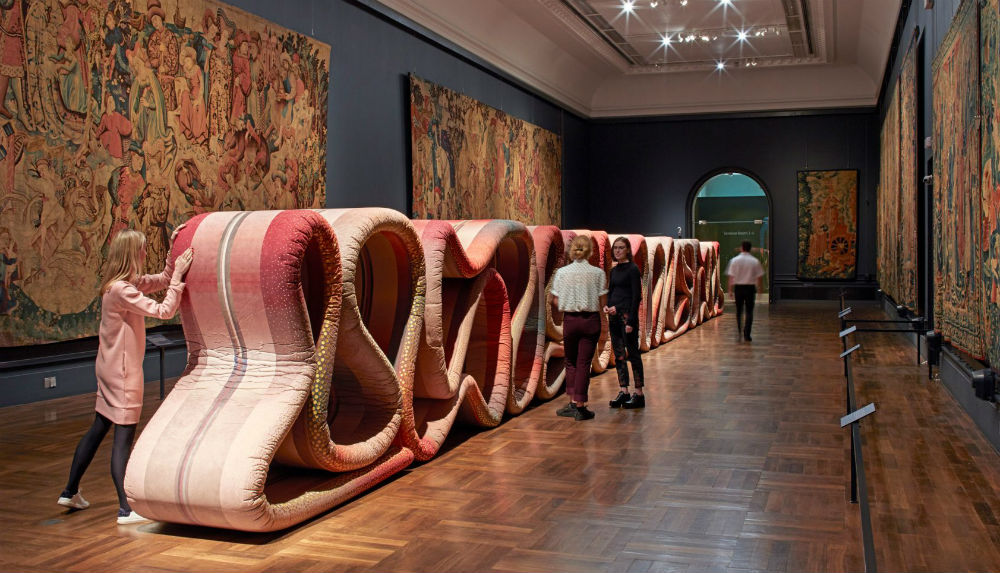 Another spot where Instagrammers enjoyed the most, was the installation Transmission by Ross Lovegrove, a soft, undulating sculpture that snakes down the center of V&A’s Tapestries Gallery. Its folds are inspired by the red gown, lined with miniver, worn by a lady in one of the hunting scenes on display in the darkened room. It has 21 meters long.
Another spot where Instagrammers enjoyed the most, was the installation Transmission by Ross Lovegrove, a soft, undulating sculpture that snakes down the center of V&A’s Tapestries Gallery. Its folds are inspired by the red gown, lined with miniver, worn by a lady in one of the hunting scenes on display in the darkened room. It has 21 meters long.
The most exciting part of London Design Festival: Design Frontiers
30 acclaimed, international designers took over Somerset House for one week to show installations and designs margin from product, digital, fashion and automotive design. The first edition of Design Frontiers was full of exhibitions, installations, sculptures, workshops and product launches. Visitors from all over the world visited each room at Somerset House to see the top designers exhibit with their favorite brands.
The main of Somerset house is to “become a place where contemporary culture is imagined, made and presented” says Jonathan Reekie, director at Somerset House Trust. Design Frontiers represents that concept perfectly showing how designers work in the process of creation until they get the final product.
The hot spots at Somerset House
Mineral Gravity by Arik Levy for COMPAC
The first place when entering to the beautiful building of Somerset House at Strand, London, was Mineral Gravity. The installation was always crowded by people taking pictures of the enormous kitchen island that seemed almost impossible to fit in the room. The installation was designed by artist and designer Arik Levy for COMPAC and Although it closely resembles marble, is made out of engineered quartz. This man-made stone is considerably more durable, making it more suitable for use as a work surface.
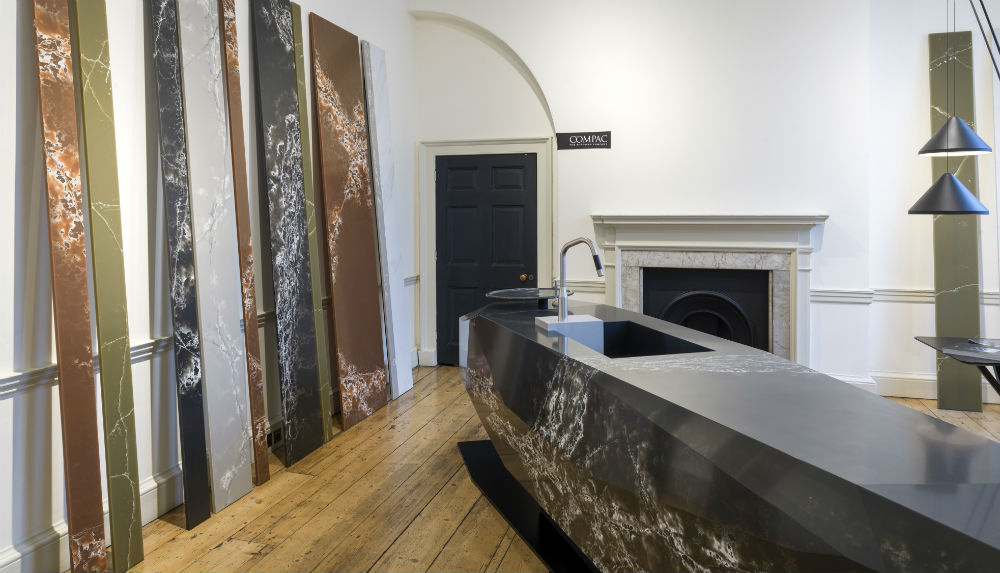 The kitchen island was designed to look like it had been carved out of one block of dark quartz, “like a black iceberg”. The design of the material is named “Ice Black” and it’s also designed by the French designer as well as the collection Ice of Genesis. It was presented alongside more slabs of this collection and COMPAC’s Unique Collection, which were lined up against the walls of the exhibition space.
The kitchen island was designed to look like it had been carved out of one block of dark quartz, “like a black iceberg”. The design of the material is named “Ice Black” and it’s also designed by the French designer as well as the collection Ice of Genesis. It was presented alongside more slabs of this collection and COMPAC’s Unique Collection, which were lined up against the walls of the exhibition space.
Luminous Reflections by Tord Boontje for Swarovski
A collection of three crystal lighting components (Arc, Swirl, Circle) and four lighting designs (Luminous Bough, Lustrous Aura, Shimmering Jewel, Radiant Light) released under the newly revived Swarovski Crystal Palace.
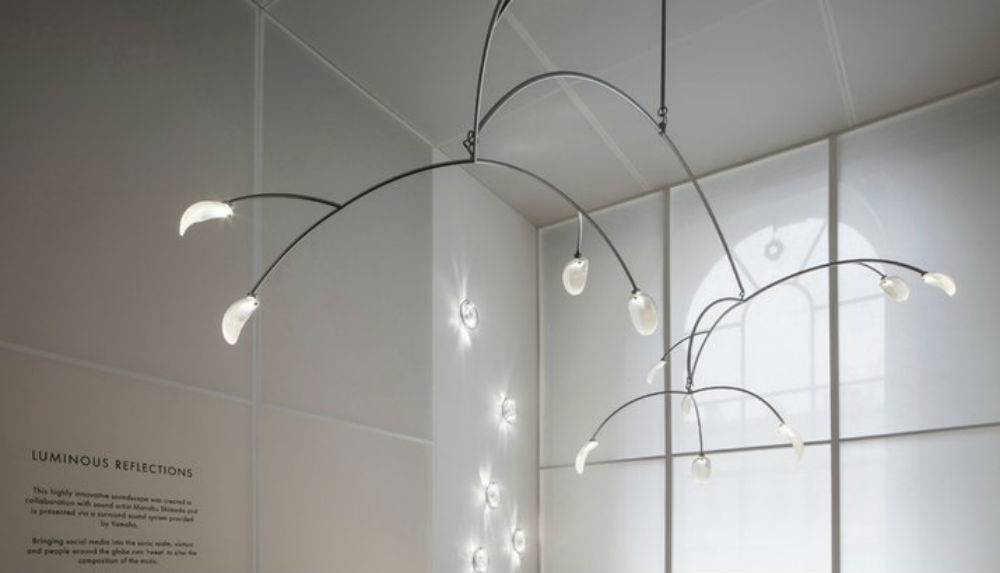
Jijibaba: Jaime Hayon and Jasper Morrison
Clothing and accessories, that what Jijibaba was all about. A collection for men that is the result of collaborations with other designers, with all pieces designed to reflect the personal style of their creator. As Hayon and Morrison said to Dezeen, neither Morrison and Hayon see this as a move into fashion. Both simply want to create garments that they think others would like to wear, by applying the same thought processes they do when designing objects.
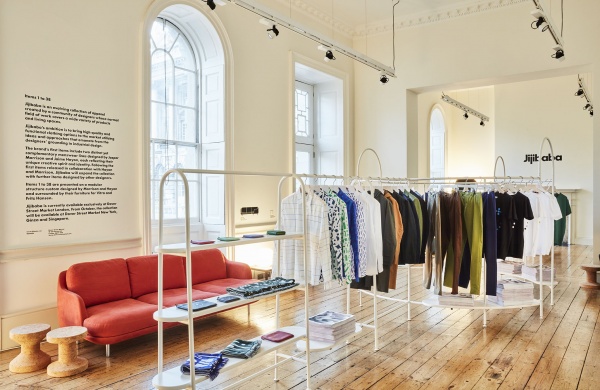 Jaguar
Jaguar
All visitors experienced the hi-tech creative process behind the electric Jaguar I-PACE Concept, from the initial sketches and clay models to the finished vehicle.
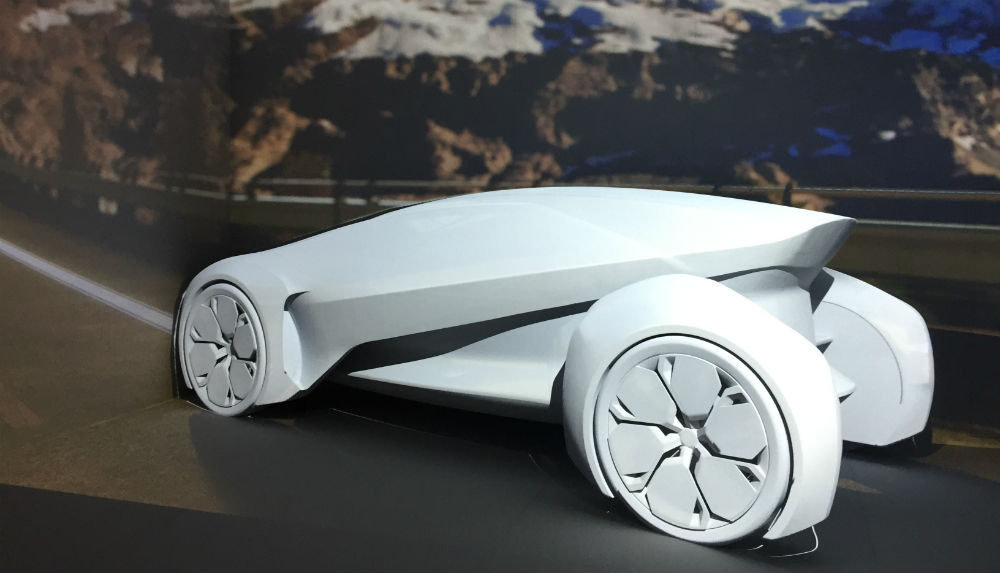 A glimpse of the future is provided by an immersive presentation of the innovative Jaguar FUTURE-TYPE virtual concept. The display introduces Jaguar’s vision for shared urban mobility in 2040 using a 3D installation and light projection technology.
A glimpse of the future is provided by an immersive presentation of the innovative Jaguar FUTURE-TYPE virtual concept. The display introduces Jaguar’s vision for shared urban mobility in 2040 using a 3D installation and light projection technology.

